
AeroGenie — あなたのインテリジェントな副操縦士。
現在のトレンド
Categories
China Begins Testing Plasma-Powered Engines
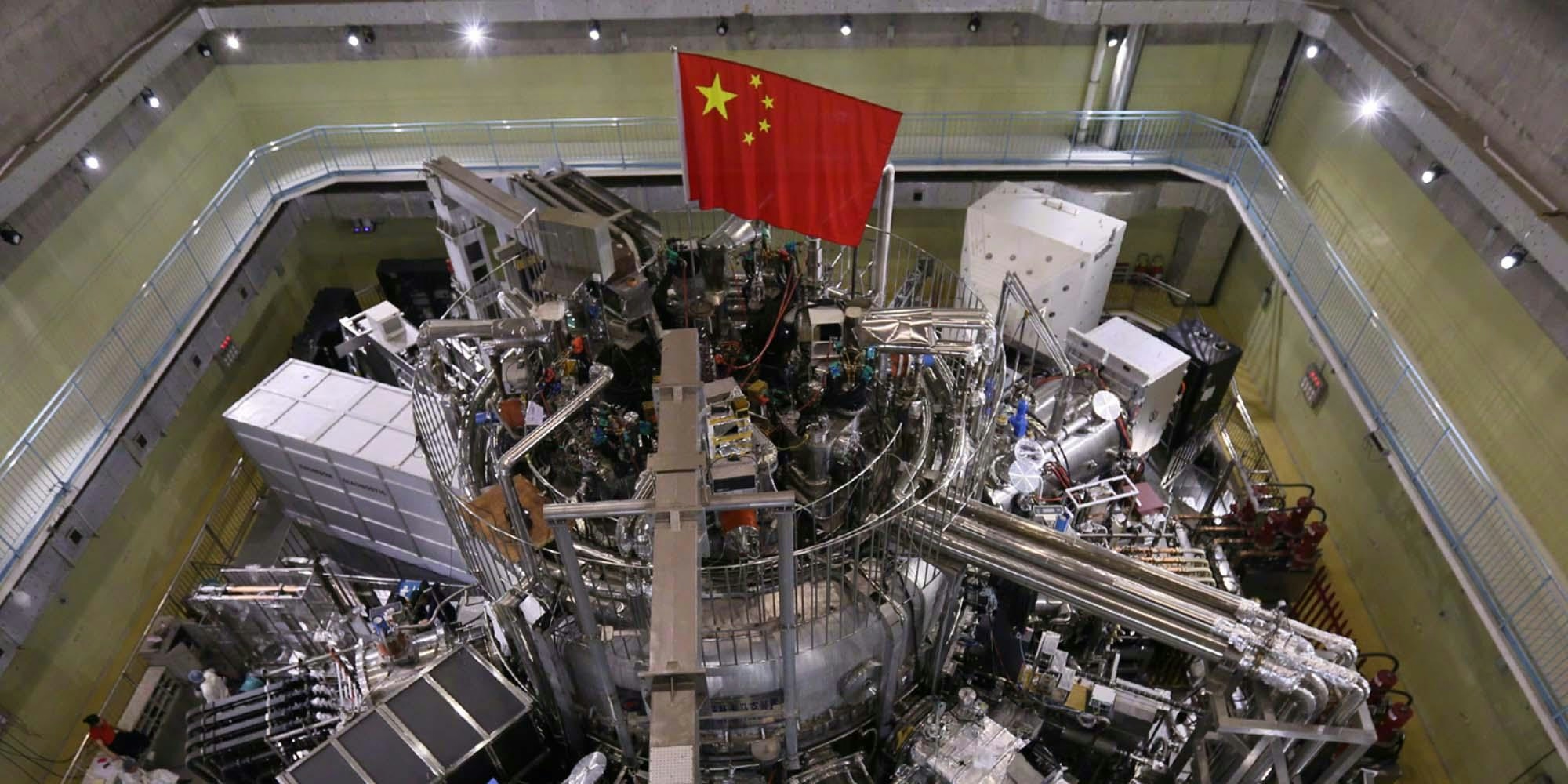
China Advances Testing of Plasma-Powered Engines
For over seven decades, jet engines have propelled aircraft by compressing air, mixing it with fuel, igniting the mixture, and expelling exhaust to generate thrust. This conventional approach, while foundational to modern aviation, remains heavily reliant on fossil fuels, contributing significantly to global emissions. As the aviation sector confronts increasing pressure to adopt cleaner technologies, plasma-powered engines have emerged as a promising alternative.
Innovation in Propulsion Technology
While electric vehicles have showcased the viability of battery and motor technology on land, adapting these advancements for aviation presents formidable challenges. The weight and limited energy density of current batteries hinder their use in long-haul flights, prompting engineers to explore novel propulsion methods beyond traditional electrification.
In this context, a team led by Professor Jau Tang at Wuhan University in China has developed a prototype plasma jet engine. This engine diverges from conventional designs by utilizing compressed air and electricity to generate thrust. The mechanism involves heating air to temperatures exceeding 1,000°C and subjecting it to microwave radiation, thereby creating plasma—a highly energized state of matter composed of charged particles such as ions and electrons. The resulting superheated plasma is expelled to produce thrust.
Laboratory tests of the prototype have demonstrated sufficient power to lift a one-kilogram steel ball, indicating a promising proof of concept. Unlike plasma engines employed in space propulsion, which depend on rare gases like xenon and require vacuum conditions, Tang’s design operates using ordinary air, making it suitable for terrestrial applications.
Challenges and Industry Implications
Despite these encouraging developments, significant obstacles remain. The current prototype relies on megawatt-level microwave generators and substantial energy storage systems, restricting its operation to short bursts. Scaling this technology for commercial aviation will necessitate extensive research and development over several years. Engineers are exploring configurations such as aligning multiple plasma jet units to increase thrust, but practical deployment will require overcoming considerable design and efficiency challenges.
China’s progress in plasma-powered propulsion has attracted attention from industries where fuel efficiency is paramount, including aviation and agriculture. However, the high initial costs and technological complexities may impede rapid adoption in the near term.
Market responses suggest that China’s advancements could accelerate global research efforts, prompting competitors to intensify their development of cleaner propulsion systems. As nations and corporations vie to innovate in this space, plasma engines have the potential to alter competitive dynamics across multiple sectors.
While commercial flights powered by plasma engines remain a distant goal, China’s early testing represents a noteworthy milestone in the pursuit of emission-free aviation. The coming years will be critical in determining whether this experimental technology can surmount its challenges and transform the future of flight.
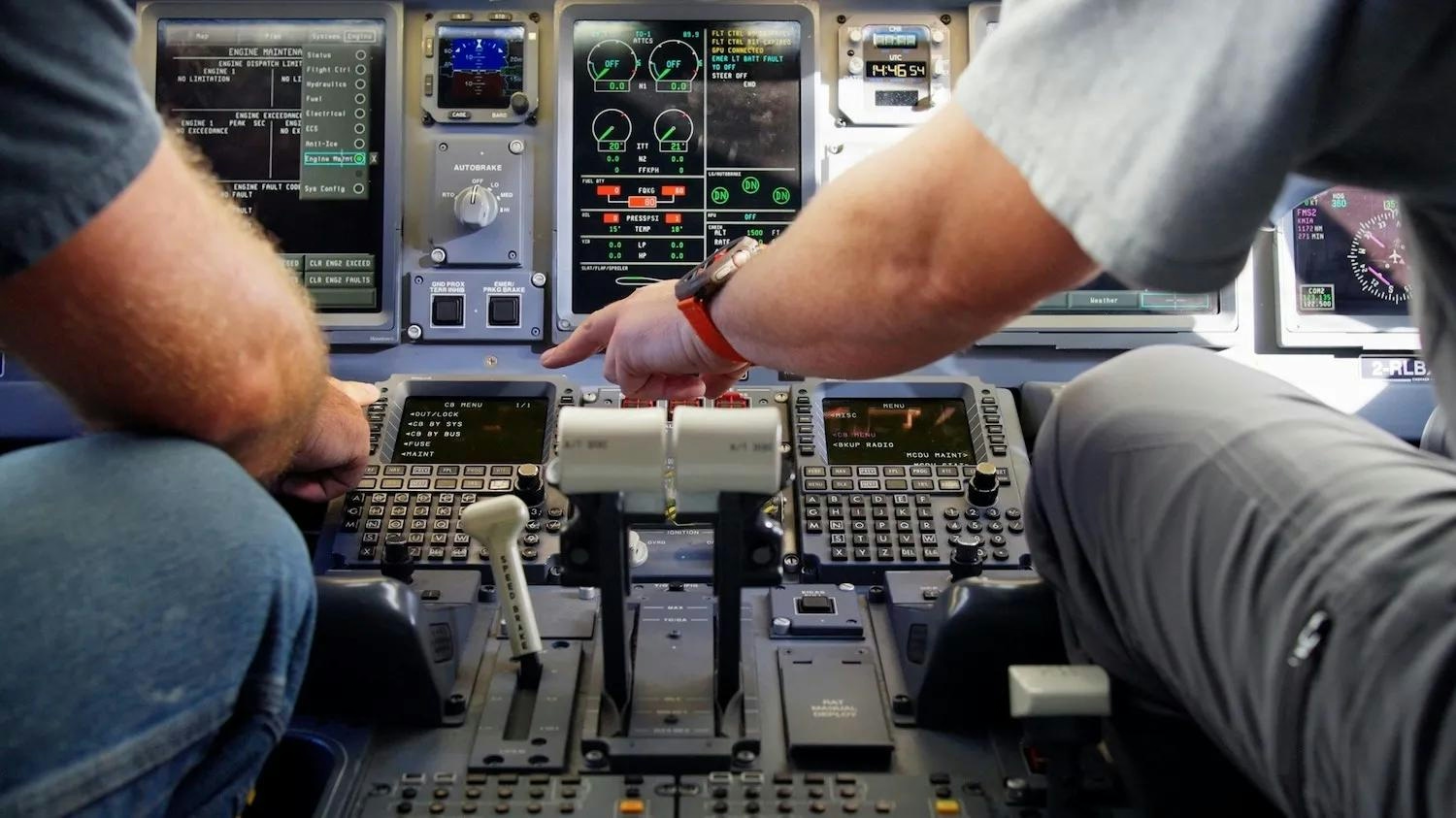
SkyWest Expands Maintenance Operations in Salina
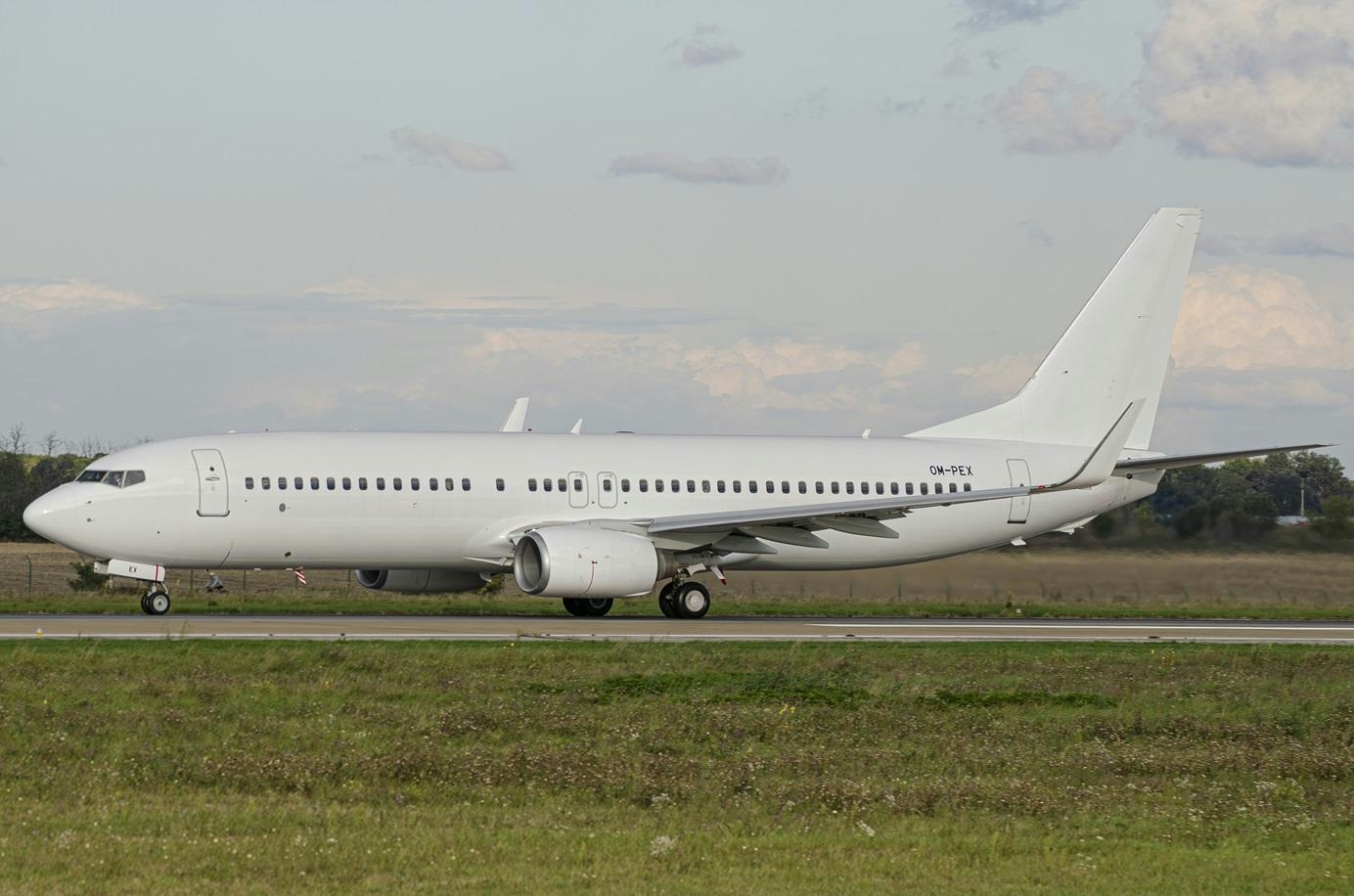
Nigeria’s Air Peace Wet-Leases Additional Boeing 737-800
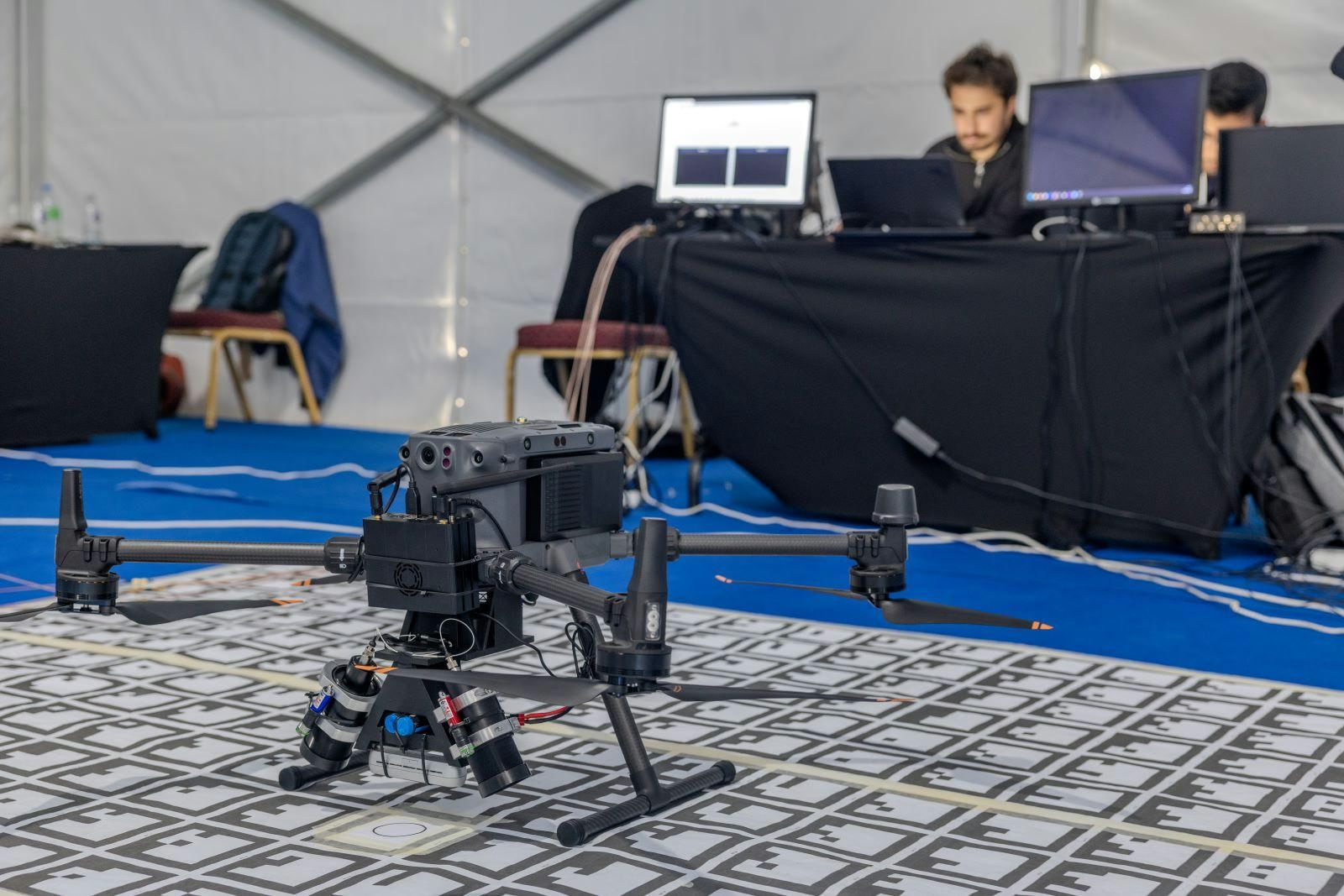
Industry Leaders to Discuss AI’s Impact at SATEC 2026
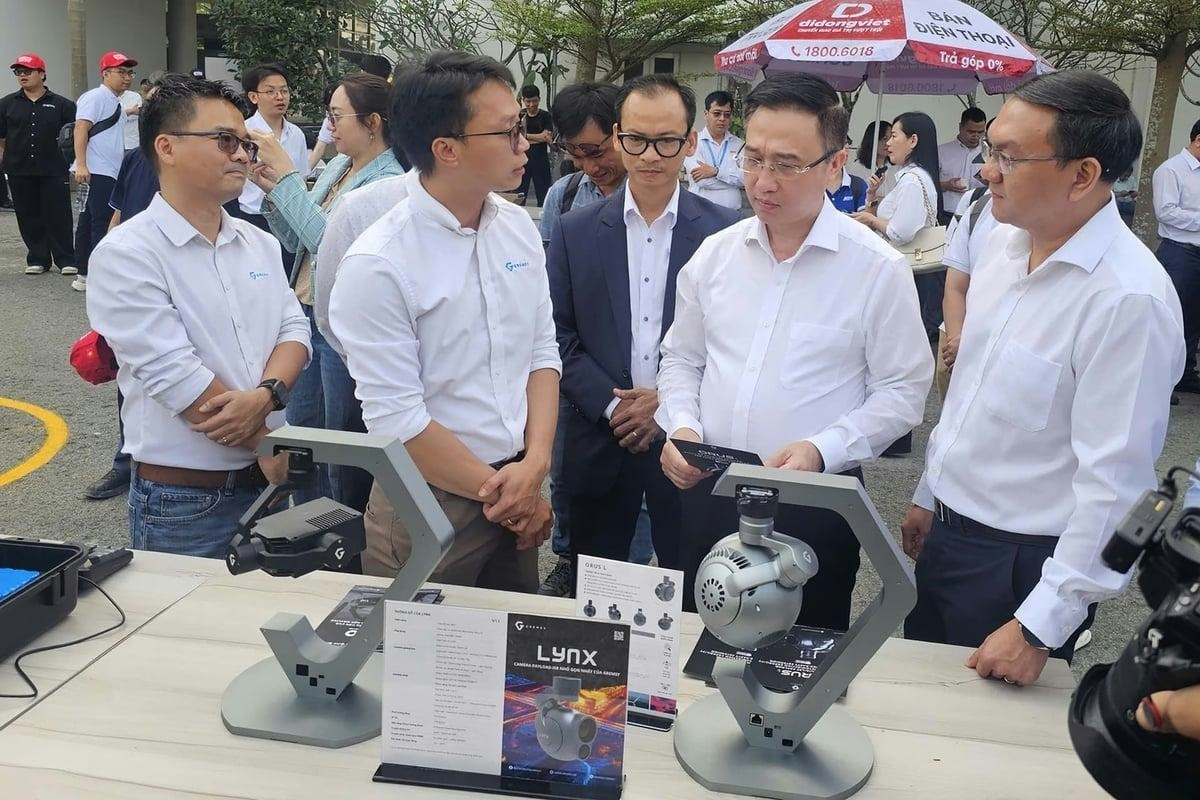
Ho Chi Minh City Launches Drone Delivery Pilot Program
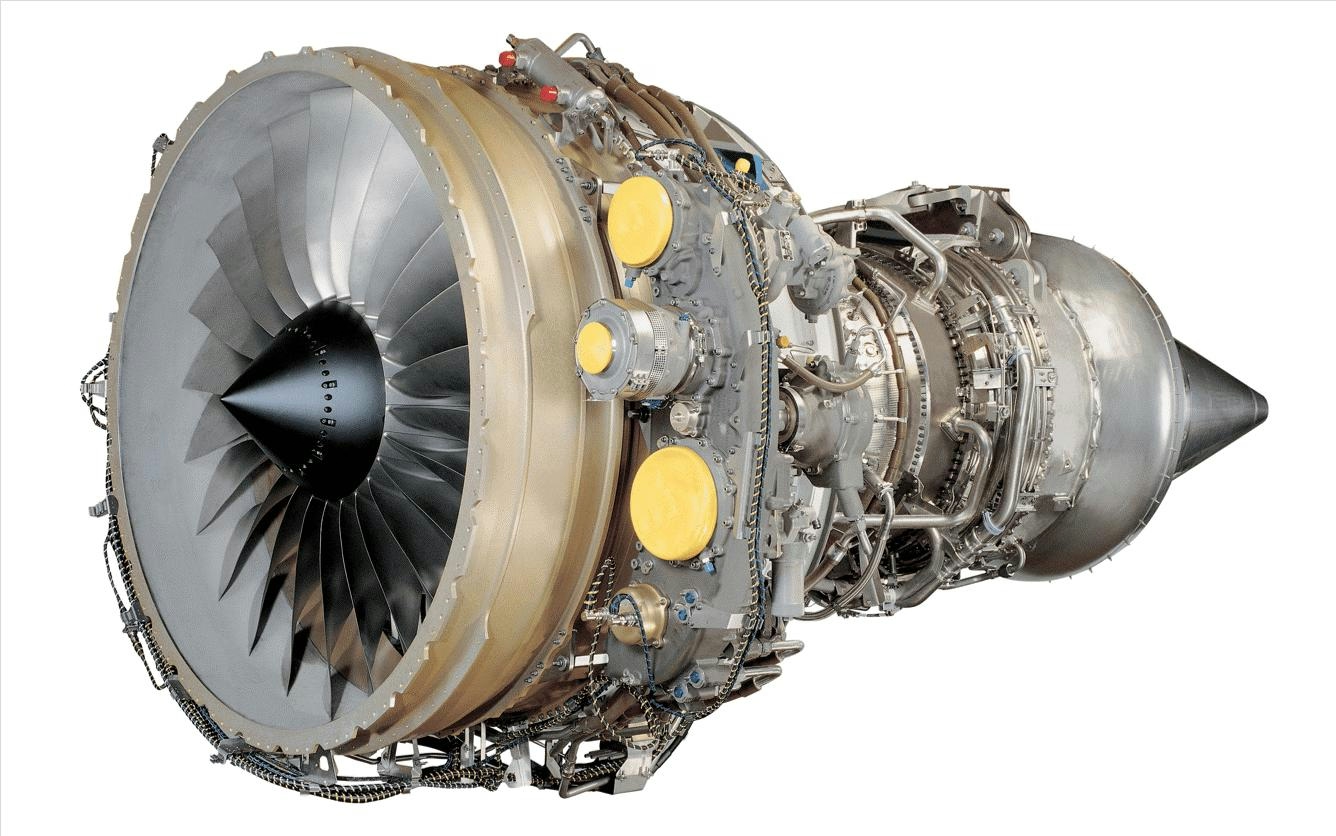
APOC Aviation Acquires CF34-10E Engine for Teardown

Growth in Aerospace Adhesives and Sealants Driven by Innovation and Aviation Expansion
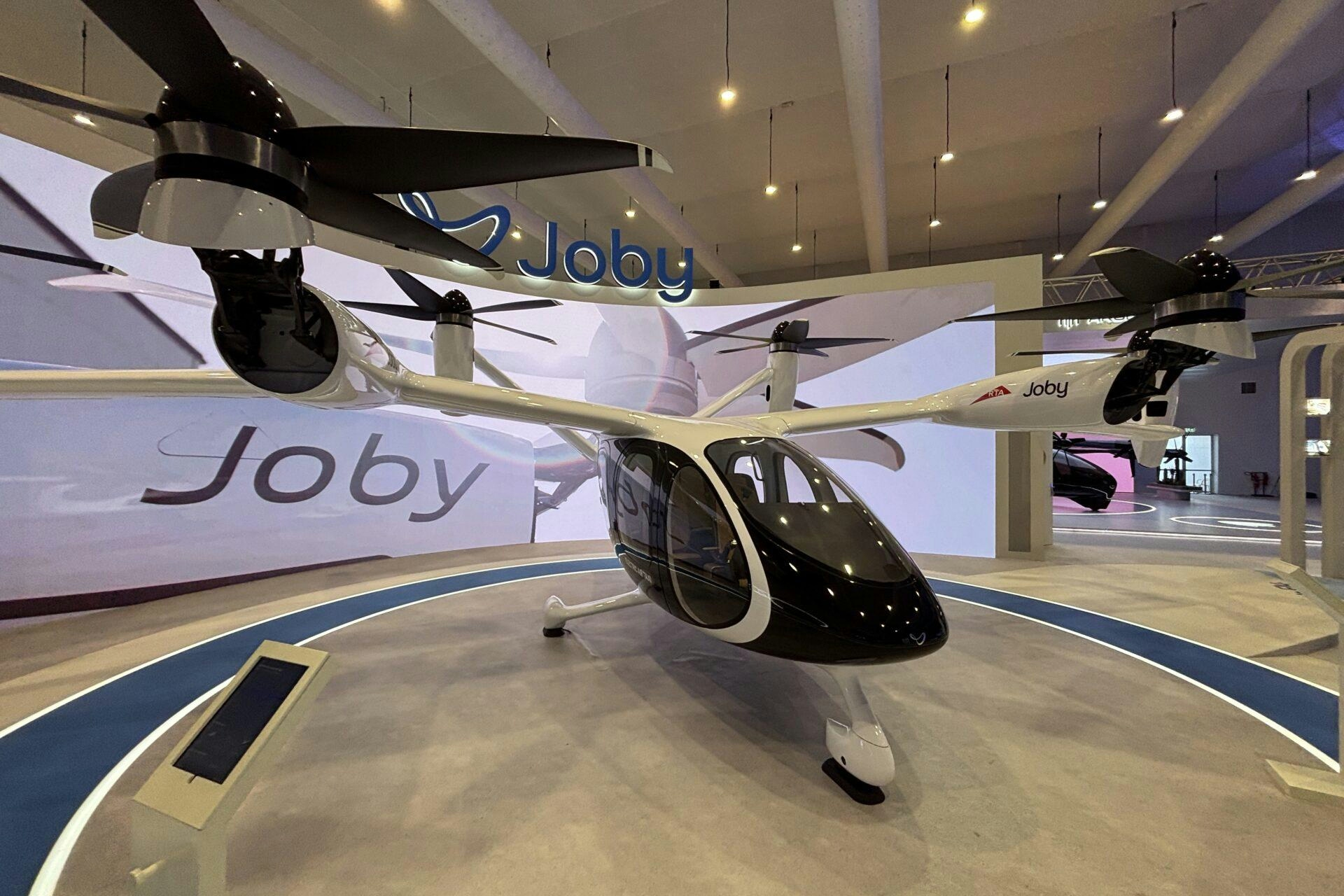
UAE Plans to Launch First Flying Taxi Service

Alex Wilcox, Co-Founder and CEO of JSX, Redefines Regional Air Travel Through Customer-First Innovation
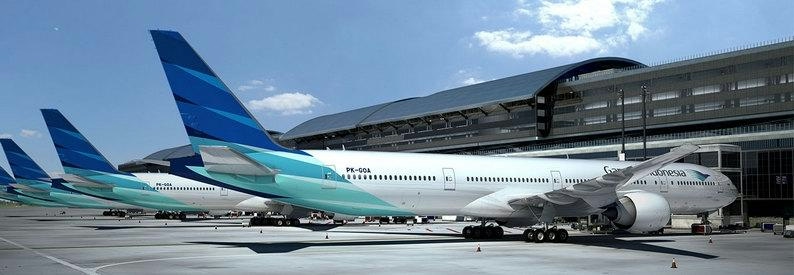
Garuda Indonesia MRO Unit Completes $332 Million Land Injection
